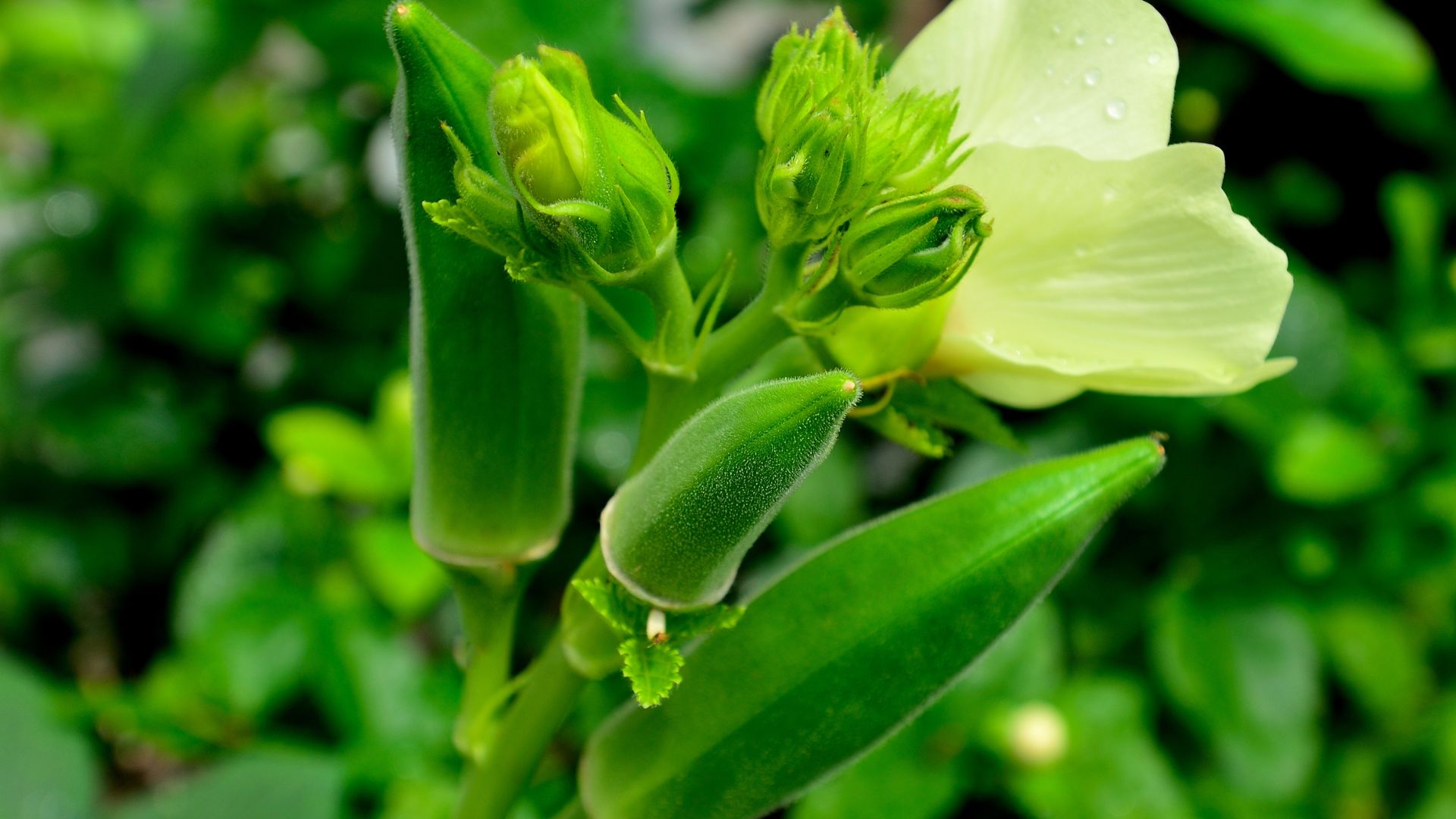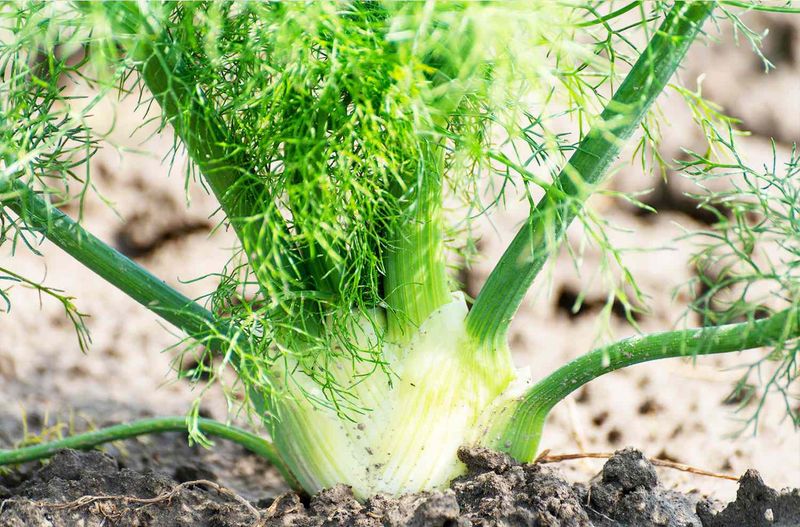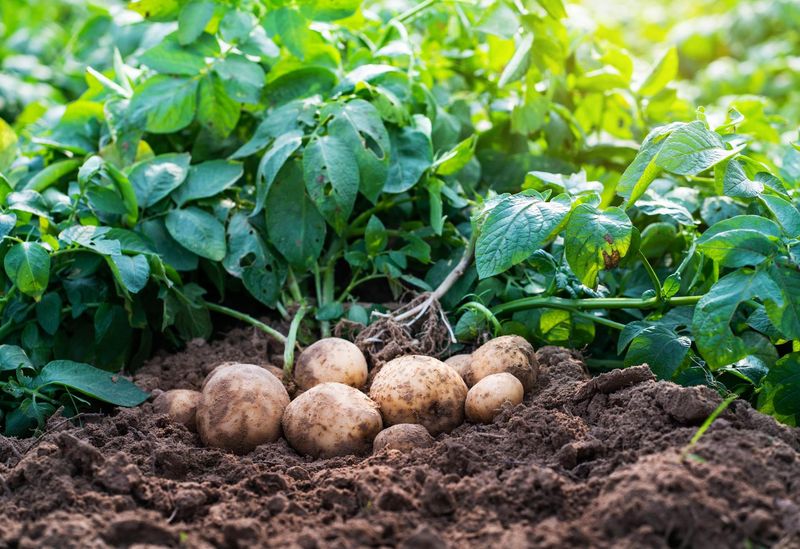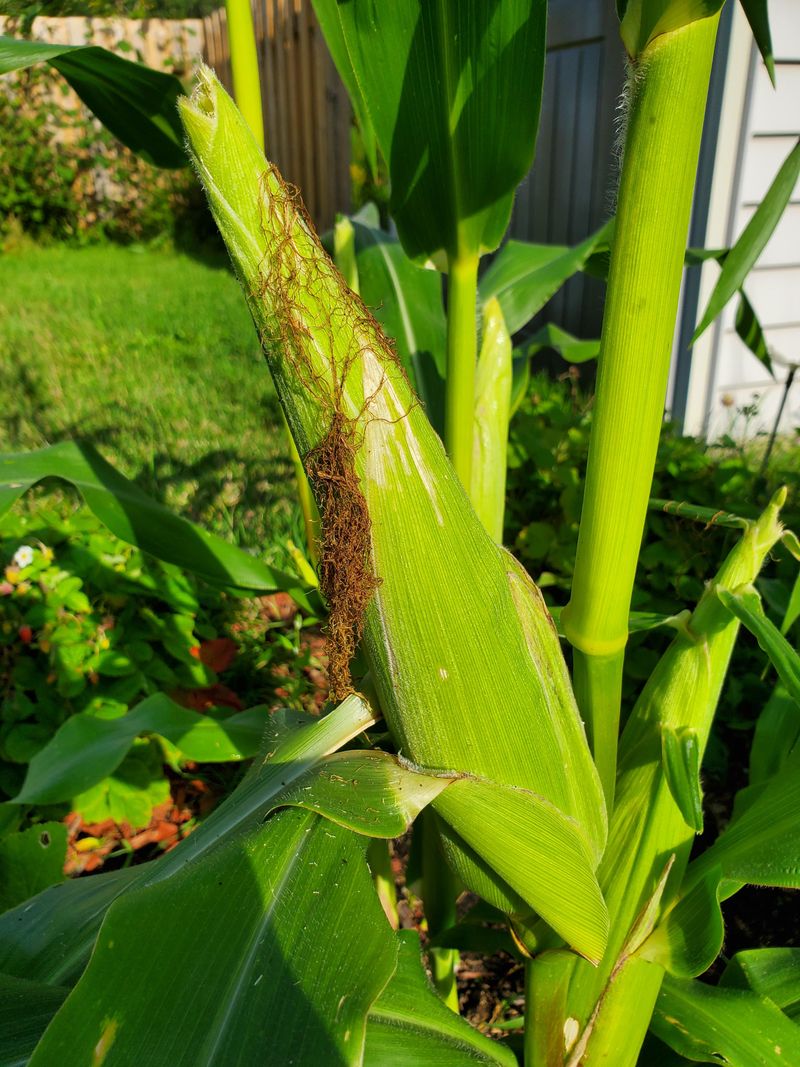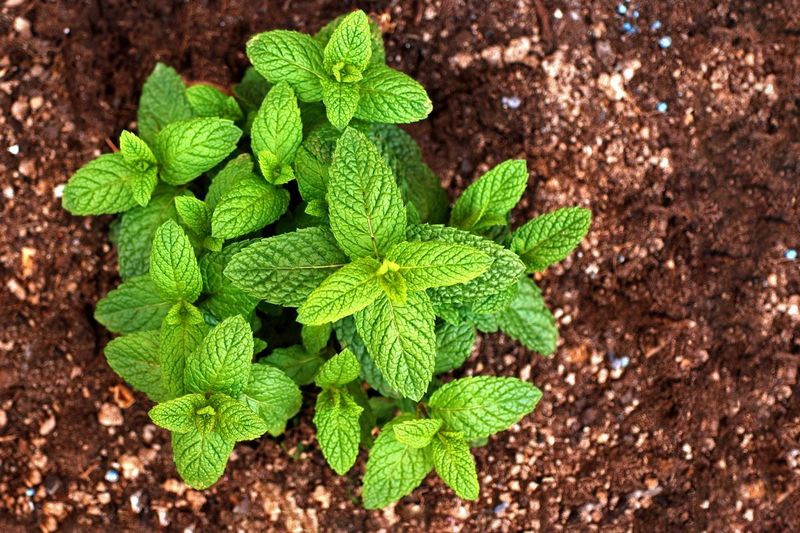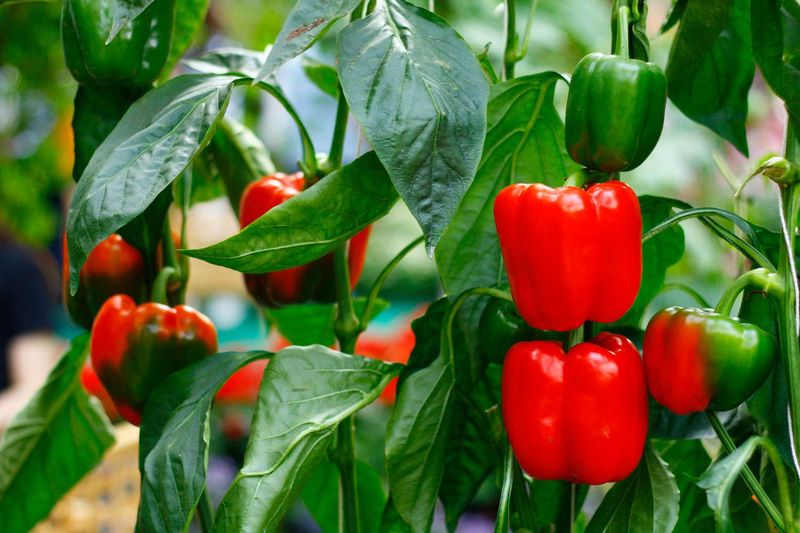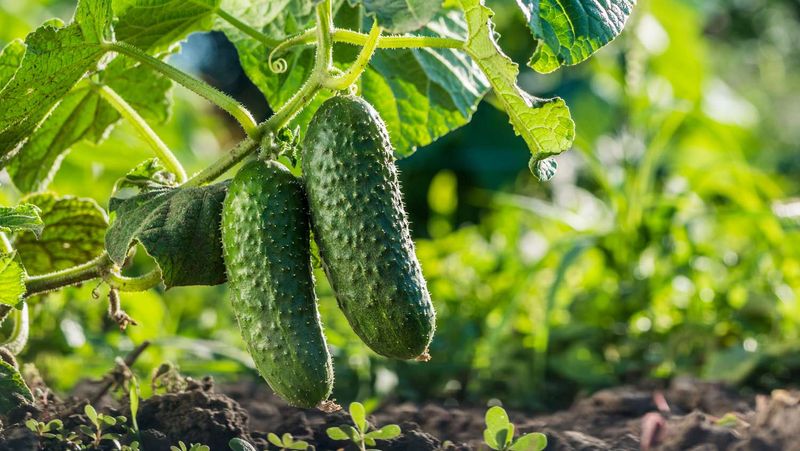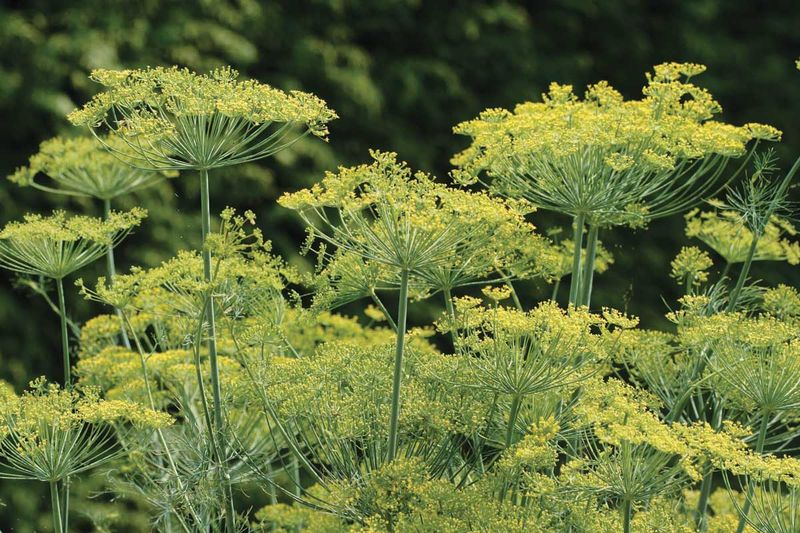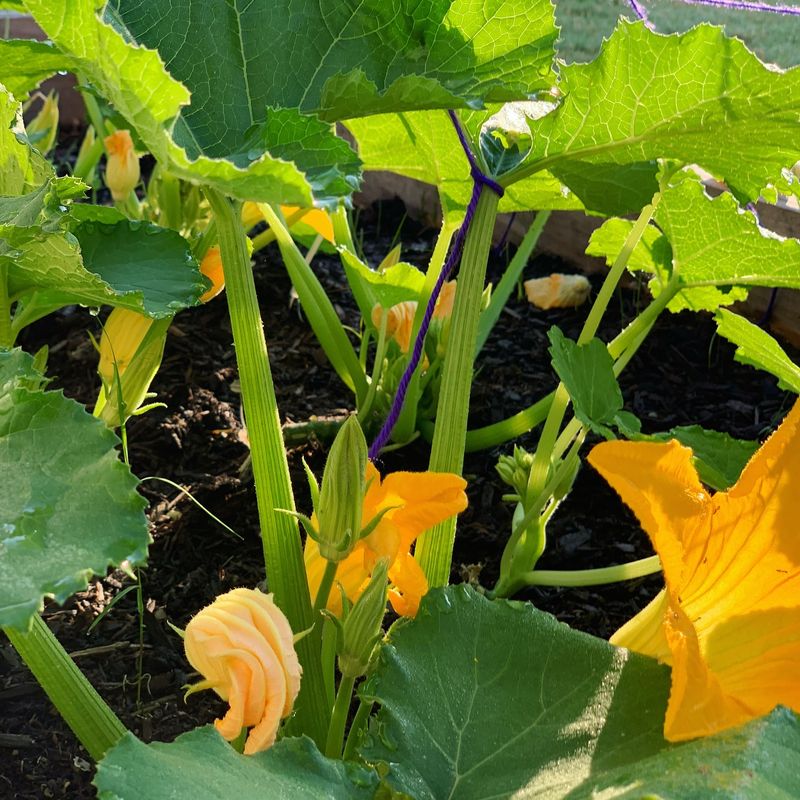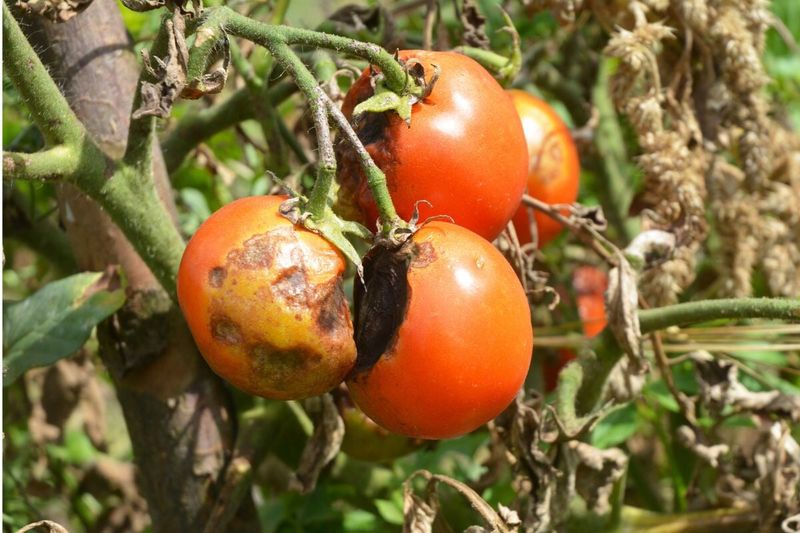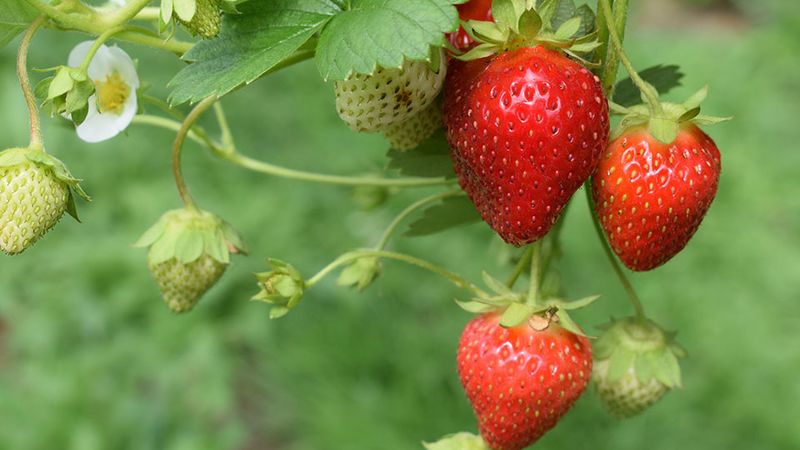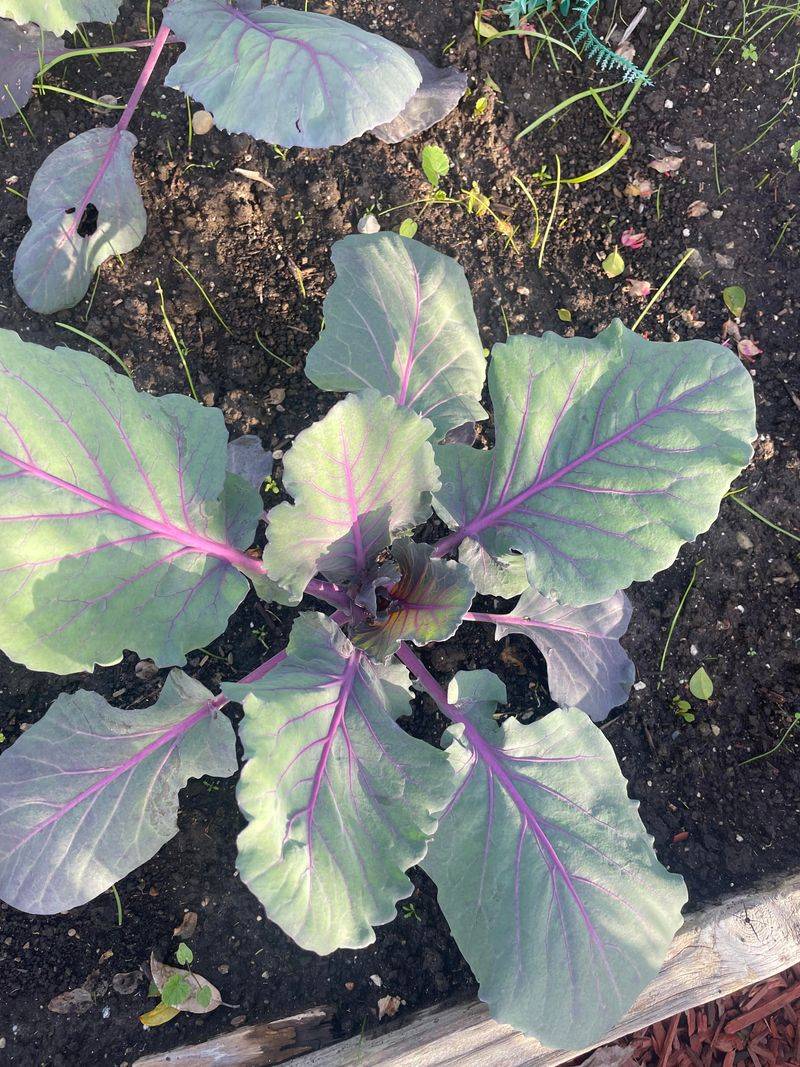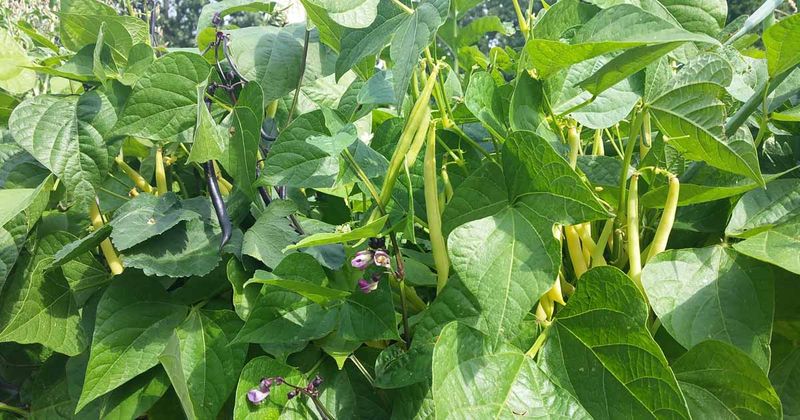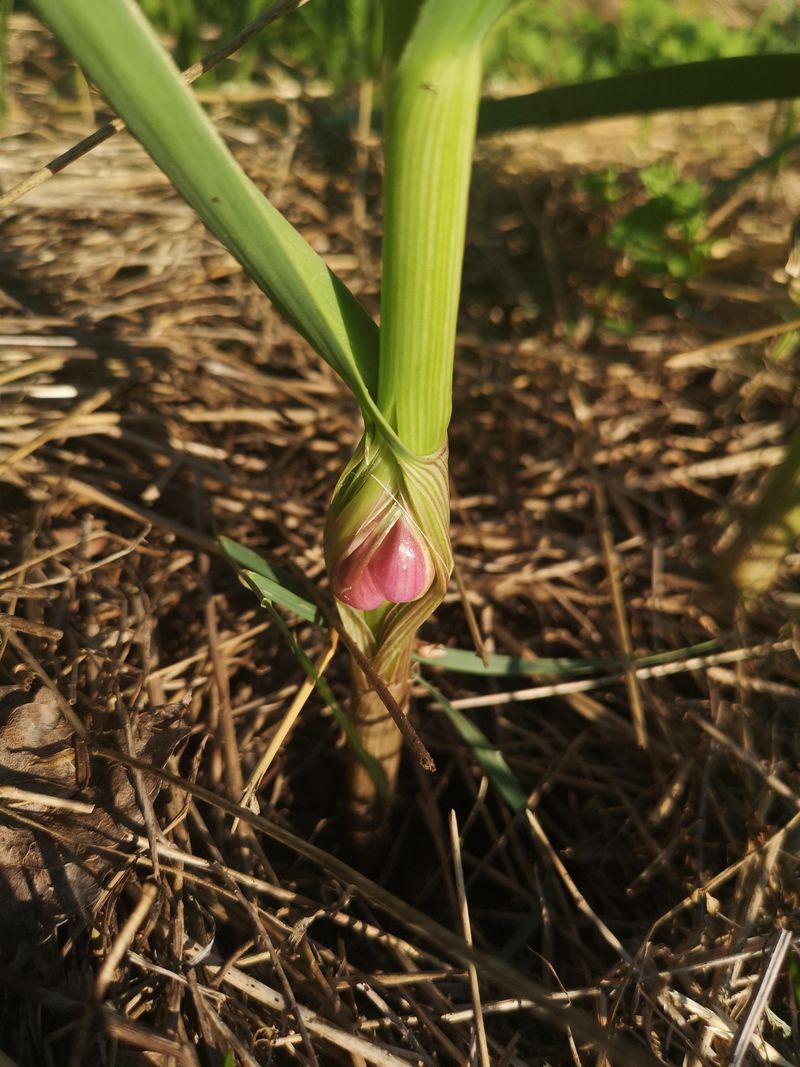Growing okra successfully requires careful planning, especially when it comes to companion planting. While some plants work harmoniously with okra, others can stunt its growth, compete for resources, or attract problematic pests.
Understanding these plant relationships can make the difference between a bountiful harvest and a disappointing growing season.
As a warm-season vegetable with specific needs, okra doesn’t play nicely with every garden favorite. The following plants have proven to be particularly troublesome neighbors for okra plants, creating problems ranging from nutrient competition to allelopathic effects that inhibit growth.
1. Fennel – The Hostile Neighbor
This one secretes chemicals from its roots that inhibit growth in nearby plants, including okra. This phenomenon, called allelopathy, can significantly reduce your okra’s productivity and vigor. I learned this lesson the hard way after planting fennel near my okra bed last season.
The feathery herb not only stunted my okra plants but also attracted swallowtail butterfly caterpillars that munched on both plants. The competition for nutrients was evident as my okra produced fewer pods and showed yellowing leaves.
Keep fennel at least 20 feet away from your okra patch, or better yet, give it its own container to prevent its invasive root system from causing trouble.
2. Potatoes – Underground Competitors
Potatoes demand heavy feeding and create intense below-ground competition that okra simply can’t overcome. Their aggressive root systems battle for the same nutrients, leaving okra starved and struggling. When I interplanted these crops, my okra grew spindly with pale leaves.
These tubers also attract similar pests, particularly aphids and flea beetles, which can quickly spread between the plants. The soil-borne diseases that affect potatoes, like verticillium wilt, can transfer to okra.
Space these crops on opposite sides of your garden, allowing at least 10 feet between them to prevent the potato’s resource-hungry nature from affecting your okra harvest.
3. Corn – The Towering Shade-Maker
Corn’s impressive height creates significant shade that deprives sun-loving okra of essential light. During my early gardening days, I planted corn adjacent to okra, watching helplessly as my okra stretched awkwardly toward what little sunlight it could find.
Beyond the shade issue, corn is a heavy nitrogen feeder, depleting this crucial nutrient that okra needs for pod production. The dense planting pattern of corn also restricts air circulation around okra plants, creating humid conditions that promote fungal diseases.
If you must grow both, place corn on the north side of your garden and okra to the south, ensuring the shorter okra receives full sunlight throughout the growing season.
4. Mint – The Garden Invader
Mint’s aggressive spreading habit makes it a nightmare neighbor for okra. Those innocent-looking runners can quickly infiltrate your okra bed, choking out the roots and stealing water. A small mint plant I added near my vegetable patch turned into a full-blown invasion within weeks.
The strong aromatic oils in mint can also deter beneficial insects that okra relies on for pollination. While mint repels some pests, it creates more problems than solutions when planted near okra.
If you value your okra harvest, keep mint confined to containers or dedicated herb beds with barriers that prevent its underground runners from escaping.
5. Sunflowers – Resource Hogs
These might brighten your garden, but they’re terrible companions for okra. Their extensive root systems deplete soil moisture and nutrients at an alarming rate, leaving little for neighboring plants. My experiment with sunflowers near okra resulted in noticeably smaller pods and fewer flowers.
These towering beauties also release allelopathic compounds that can inhibit the growth of nearby plants. The shade cast by mature sunflowers compounds the problem, reducing the sunlight available to light-hungry okra.
Plant sunflowers at least 3-4 feet away from your okra patch, preferably on the north side where their height won’t block crucial morning sun from reaching your okra plants.
6. Peppers – Disease Sharers
Peppers and okra share susceptibility to many of the same diseases, creating a risky partnership. Both plants can be affected by verticillium wilt, fusarium wilt, and bacterial leaf spot, which can quickly spread when these plants grow in close proximity.
Their similar pest profiles compound the problem. Aphids, whiteflies, and spider mites happily bounce between these plants, multiplying their damage potential. I’ve witnessed a small aphid population explode when it discovered my adjacent pepper and okra plantings.
Maintain at least 3 feet between these crops and implement strict crop rotation practices, never planting okra where peppers grew the previous season to minimize disease transmission risks.
7. Cucumbers – Vine Invaders
Cucumber vines grow with impressive speed and will readily climb okra stalks, weighing them down and potentially breaking stems. The sprawling habit of cucumbers also creates ground cover that increases humidity around okra plants, promoting fungal issues like powdery mildew.
Both plants attract similar pests, particularly cucumber beetles that can damage flowers and spread bacterial wilt. When I planted these vegetables close together, cucumber beetles devastated both crops within weeks.
If garden space is limited, try trellising cucumbers in the opposite direction from your okra, or maintain at least 4 feet of separation with low-growing plants like carrots or beets as buffers between them.
8. Eggplant – Pest Magnets
Eggplants are notorious attractors of flea beetles, which also have a particular fondness for okra seedlings. When planted together, these pests can quickly devastate both crops, hopping from one to another in a destructive feast. My experience with this pairing resulted in perforated leaves on both plants.
Being members of different plant families doesn’t save this combination. Both crops are heavy feeders competing for the same nutrients, particularly nitrogen and phosphorus essential for fruit production.
Keep eggplants and okra in separate garden beds with at least 5 feet between them, or use companion plants like marigolds or nasturtiums as buffer zones to confuse and deter the shared pests.
9. Dill – The Flower Competitor
Dill’s umbrella-shaped flowers attract beneficial insects, but they also compete with okra for pollinator attention. When dill blooms alongside flowering okra, pollinators often prefer dill’s more accessible nectar, resulting in reduced okra pod formation. I noticed this competition firsthand when my okra yields dropped significantly.
The aromatic compounds in dill can confuse the beneficial predatory insects that would normally help control okra pests. Additionally, dill reseeds aggressively, potentially crowding out young okra seedlings in subsequent seasons.
Plant dill at least 10 feet from your okra patch, or time your plantings so dill completes its lifecycle before okra begins flowering to avoid direct pollinator competition.
10. Squash – Space Invaders
Squash plants spread aggressively with their sprawling vines and large leaves, quickly overwhelming neighboring okra plants. Their extensive ground coverage creates a humid microclimate that promotes fungal diseases in okra, particularly when water splashes soil-borne pathogens onto stems.
Both plants attract similar pests, especially squash bugs and vine borers that can cross over to damage okra. During one growing season, I watched helplessly as squash bugs migrated from zucchini to my adjacent okra plants.
If you must grow both, separate them by at least 6 feet and consider barrier plants like bush beans between them to interrupt pest movement and create airflow channels that reduce humidity-related disease issues.
11. Tomatoes – Disease Vectors
Tomatoes and okra share vulnerability to several soil-borne diseases, including bacterial wilt and fusarium. When planted in proximity, disease can quickly spread between these crops through water splash or garden tools. My tomato blight eventually affected nearby okra despite my best prevention efforts.
Hornworms and fruit worms that plague tomatoes will happily move to okra when given the chance. The acidic nature of tomato roots also changes soil pH in ways that can be detrimental to okra’s preference for slightly alkaline conditions.
Maintain at least 4 feet between these crops and never use the same stakes or supports to prevent cross-contamination of pathogens that can survive on surfaces.
12. Strawberries – Ground Cover Complications
Strawberry plants create dense ground cover with their runners, competing directly with okra’s shallow feeder roots. This competition for water and nutrients can severely impact okra’s productivity. The moisture retained by strawberry foliage creates humid conditions around okra stems, promoting fungal issues.
The acidic soil conditions preferred by strawberries conflict with okra’s need for neutral to slightly alkaline soil. When I tried growing these plants together, my okra developed yellowing leaves indicative of nutrient deficiencies.
Keep strawberries in dedicated beds away from okra, or use raised beds with physical barriers to prevent strawberry runners from invading okra territory and competing for essential resources.
13. Brassicas – Chemical Conflicts
Broccoli, cabbage, and other brassicas release compounds into the soil that can inhibit growth in okra. These chemicals, while part of the plants’ natural defense system, create an unfriendly environment for okra roots. My cabbage patch left the soil noticeably less productive for okra the following season.
The heavy feeding nature of brassicas depletes soil nutrients that okra needs. Their dense growth habit also creates shade patterns that can reduce sunlight reaching young okra plants.
Practice crop rotation by waiting at least one growing season before planting okra where brassicas grew, and maintain separate garden sections for these plant families to prevent their chemical incompatibility from affecting yields.
14. Beans – Nitrogen Imbalance
While beans fix nitrogen in soil, their specific growth patterns create problems for okra. Pole beans can climb okra stalks, adding weight that may damage the plants during storms or heavy production. Bush beans create dense ground cover that increases humidity around okra stems.
The nitrogen fixation that makes beans good companions for some plants can actually cause okra to produce excessive foliage at the expense of pod production. I’ve observed okra growing beautifully green beside beans but yielding fewer pods.
If you want to benefit from beans’ nitrogen-fixing properties, plant them in rotation before okra rather than alongside it, or maintain several feet of separation to prevent direct competition.
15. Garlic – Allelopathic Effects
Garlic releases sulfur compounds into the soil that can inhibit growth in many plants, including okra. These natural chemicals, while helpful for pest management, create a hostile growing environment for okra’s sensitive root system. My test plot with garlic and okra showed noticeably stunted okra growth.
The strong odor of garlic can also repel beneficial pollinators that okra flowers need for proper pod formation. Bees and other pollinators often avoid areas with strong allium scents.
Keep garlic and okra separated by at least 3 feet, or better yet, plant garlic on the garden perimeter where its pest-repelling properties can benefit the entire garden without directly impacting okra growth.

